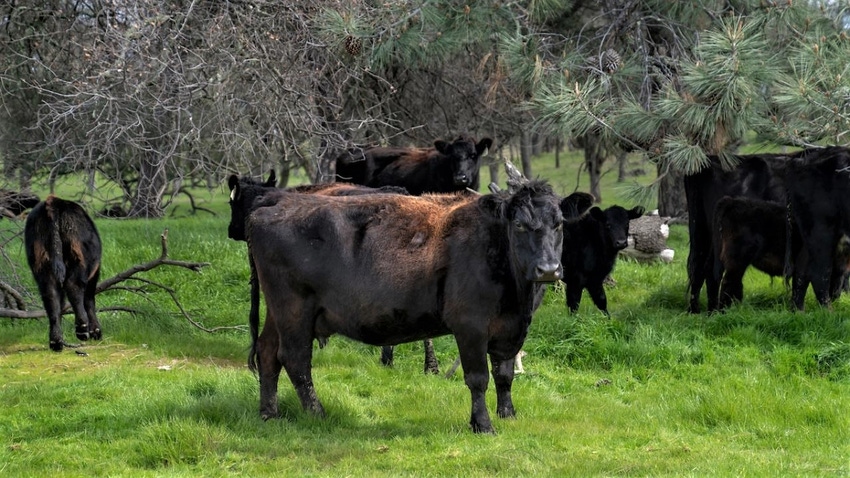September 20, 2021

The University of California, Davis, Food Systems Lab has released a white paper showing the need to support California's small and mid-scale meat suppliers and processors in order to build a more resilient meat supply chain. It describes how the meat supply chain and rural economies could benefit from regulatory changes and more collaboration among producers and other stakeholders in the system.
The pandemic shut down meat processing plants in 2020, as did recent ransomware attacks on JBS, the nation's largest meat supplier. Report authors said this highlights the need to support small- and mid-scale suppliers.
“COVID and the ransomware attacks put a spotlight on how the concentration of the meat supply chain increased vulnerability in the food system,” said report co-author Tom Tomich, founder of the UC Davis Food Systems Lab and distinguished professor in the Department of Environmental Science and Policy. “We need to level the playing field so small- and mid-scale farms have an easier way to bring their product to market.”
The report says the lack of access to slaughter facilities, limited capacity of cut and wrap facilities, and concentration of marketing channels create conditions in which small- and mid-scale farms and ranches struggle to stay in business.
Unlevel playing field
“These challenges are exacerbated by policies that tilt the playing field against small operators. Fortunately, new state and national legislation and programs are developing that could increase resilience in our food systems,” says Michael R. Dimock, Roots of Change program director and lead author for the report. “We need cities and counties to help fix the problems because local land use policies often impede development of resilient supply chains.”
Smaller ranchers in California have limited access to slaughter and processing facilities. In the last 50 years, California has lost half of its federally inspected meat processing plants, and the remaining facilities are unable to meet demand. Many of the 46 USDA-certified slaughter plants operating in California are closed to smaller producers.
“This means that smaller ranchers must drive hundreds of miles to reach a facility or have to wait months due to limited capacity,” said Tomich.
The report said a combination of federal, state and private investments could provide a broader geographic distribution of plants of differing scales.
Complex inspection requirements and other regulatory barriers make it difficult for small- and mid-scale producers to compete with big suppliers. The report suggests California create its own meat inspection program equivalent to the federal program to serve smaller ranchers. Prioritizing public procurement of local, high-value meat would also help expand market access for smaller producers.
The report was based on 27 interviews with people representing a wide spectrum of activities and points of view within the meat supply chain throughout the state.
Source: University of California Division of Agriculture and Natural Resources, which is solely responsible for the information provided and is wholly owned by the source. Informa Business Media and all its subsidiaries are not responsible for any of the content contained in this information asset.
You May Also Like




